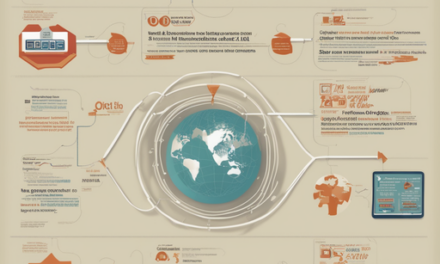An Introduction to Web3 Programs and Dapps
Syndicated reviews by Staff Writer of Web3Programs.com
Web3, also known as Web 3.0, is the next generation of the internet powered by blockchain technology. It aims to create a more open, decentralized web where users control their own data and apps run without central authorities.
An important part of Web3 is decentralized applications (dApps). These are programs built on blockchain networks like Ethereum. They have backend code hosted on decentralized infrastructure instead of company servers.
What Exactly Are dApps?
Decentralized apps have a few key features:
- They run on a peer-to-peer network of computers rather than a single centralized server
- They use cryptographic blockchain technology to record transactions and data
- They use consensus mechanisms like proof-of-work to maintain security
- They use a native cryptocurrency token for access or payments
Some examples of popular dApps include:
- Decentralized exchanges like Uniswap for trading crypto tokens
- Platforms like OpenSea for buying and selling NFTs
- Prediction markets like Augur for betting on events
- DAO management platforms like Aragon
How dApps Relate to Web3
Decentralized apps are a core part of the Web3 ecosystem. While Web3 refers to the overall vision of a decentralized internet, dApps are the specific applications built on Web3 technology.
Almost all dApps run on blockchain networks like Ethereum, using smart contracts to replace centralized backend code. This allows them to offer transparency, censorship resistance, and user control over data.
You can access dApps from Web3 wallets like MetaMask which store your identity and crypto assets. Teams develop dApps using languages like Solidity and development frameworks like Truffle.
Getting Started with Web3 Programs and dApp Development
Want to start exploring and building dApps yourself? Here are a few tips:
- Learn Solidity, the most popular language for writing Ethereum smart contracts.
- Try out development frameworks like Hardhat or Embark to streamline dApp creation.
- Look at demo dApp code repositories on GitHub to see examples.
- Install MetaMask and add test ETH from a faucet to interact with dApps.
- Check forums and Discord groups to connect with the Web3 developer community.
While Web3 is still early stage, there’s never been a better time to get involved. Learning to build blockchain-powered decentralized applications is a great way to gain future-proof developer skills.
Want to learn more? Be sure to subscribe to our mailing list for the latest on Web3 programs, dApps, and decentralized technologies!















